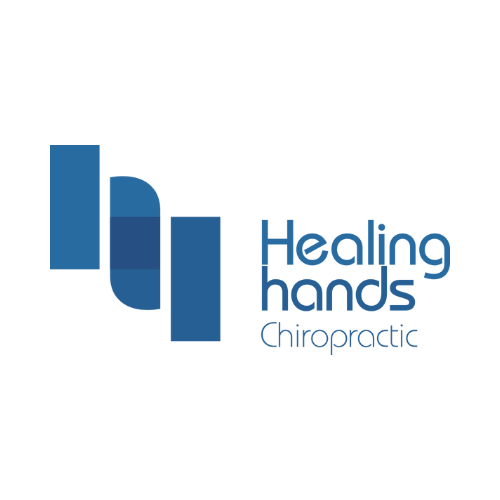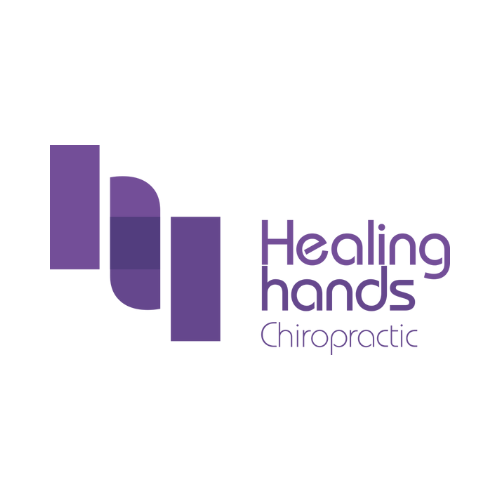Headaches can occur anytime, anywhere, and for several reasons. However, it is a common symptom and can be hard to determine its exact cause. However, if your pain radiates towards your neck, chances are you have developed a cervicogenic headache.
Cervicogenic headaches are a referred pain that is felt in the head but stems from the neck. It is a secondary headache, which means that the pain is caused by another physical condition or illness. In the case of a cervicogenic headache, it is usually caused by a disorder in the cervical spine and its soft tissues, disc, and bones.
There are lots of nerve structures that exist in the occipital (back of the head) and cervical (upper neck) regions. When those regions are impacted, pain occurs.
What does cervicogenic mean?
Cervicogenic headaches are often misused and do not simply mean a headache that is associated with neck pain. In fact, many headaches, such as tension-type headaches and migraines, can also result in neck pain.
Instead, there must be physical evidence of a lesion or disorder within the soft tissues of the neck or the cervical spine that is known to cause the headache. Such physical evidence includes rheumatoid arthritis, infections, fractures, and tumours at the upper cervical spine. There have been debates on whether cervical spondylosis can result in the development of cervicogenic headaches.
Individuals with cervicogenic headaches often experience a reduced range of motion at their neck as well as increased pain when pressure is applied to certain regions of their neck or when they make certain movements.
The field of chiropractic care is constantly evolving. Recent studies have emphasised the benefits of assessing and treating suboccipital muscles in individuals with cervicogenic headaches.
In this article, we will address four vital chiropractic approaches for cervicogenic headaches.
1. SNAGs for vertigo and cervicogenic headaches
Sustained Natural Apophyseal Glides (SNAGs) are manual therapy techniques that are found to be effective in managing vertigo and cervicogenic headaches. They involved applying a manual force on the upper cervical segment while the patient moves their head or body in a specific direction concurrently.
The individual adopts a sitting position with the chiropractor standing beside them with their head cradling between the chiropractor’s forearm and body. Because these types of headaches often are a result of nerve compression, muscular tension, or restricted joint mobility in the neck, SNAGs are able to target these disorders through the application of a gentle and sustained glide to the affected region.
2. Spinal manipulation for cervicogenic headaches
Spinal manipulation is a common chiropractic approach to treat musculoskeletal disorders, such as cervicogenic headaches. Because they can result from neck injuries, such as whiplash, certain neck movements, and prolonged poor posture, spinal manipulations are the best way to manage cervicogenic headaches.
Spinal manipulation involves the application of a high velocity low amplitude thrust to the spinal joints. Doing so can help to reduce cervicogenic headaches by restoring the function and alignment of the cervical vertebrae, improving blood flow, and decreasing nerve irritation. It can also help to reduce stiffness and increase the range of motion, allowing the tight muscles around the affected shoulders and neck to relax.
3. Therapeutic exercises for cervicogenic headache management
Therapeutic exercises target the improvement of postures, enhancement of mobility, and strengthening of the muscles around the upper back and neck. All these can help to reduce the intensity and frequency of cervicogenic headaches.
For example, neck stretching and flexibility exercises, such as levator scapulae stretch, and neck flexion stretches can help to boost the range of motion and reduce muscle tensions around the shoulders and neck.
Additionally, strengthening exercises, such as shoulder blade squeeze and isometric neck exercises, help strengthen the upper back, shoulders, and neck muscles, all of which help support the cervical spine better.
Poor postures are common causes of cervicogenic headaches. As such, postural exercises, such as thoracic spine extensions and chin tucks help us to adopt a better posture.
Lastly, balance and proprioception training, such as coordination and eye tracking exercises can help to improve the position of our neck.
4. Nerve mobilisation
Nerve mobilisation techniques target the restoration of normal nerve movements within the cervical region, reducing any compressions and tensions that lead to the development of cervicogenic headaches. The techniques may include upper cervical mobilisation, which focuses on the C1-C2 region, and neural flossing.
Chiropractors target the joint and muscular components. The techniques involved include trigger point therapy, in which direct pressure is applied on various trigger points along the shoulder and neck muscles, releasing muscle knots, myofascial release, which focuses on relieving tension and strains in the muscles and fascia of the upper back and neck, and cervical spine mobilisation.
Conclusion
Cervicogenic headaches can be a bothersome pain for individuals suffering from them. However, with various chiropractic approaches, you can manage such pain easily and holistically.
Here at Healing Hands Chiropractic, we employ a wide range of chiropractic techniques to help you manage cervicogenic headaches as well as prevent future occurrences. Apart from headaches, we are also able to treat common pains and aches, such as knee pain treatment and lower back pain treatment. Contact us today to experience a pain-free life!













